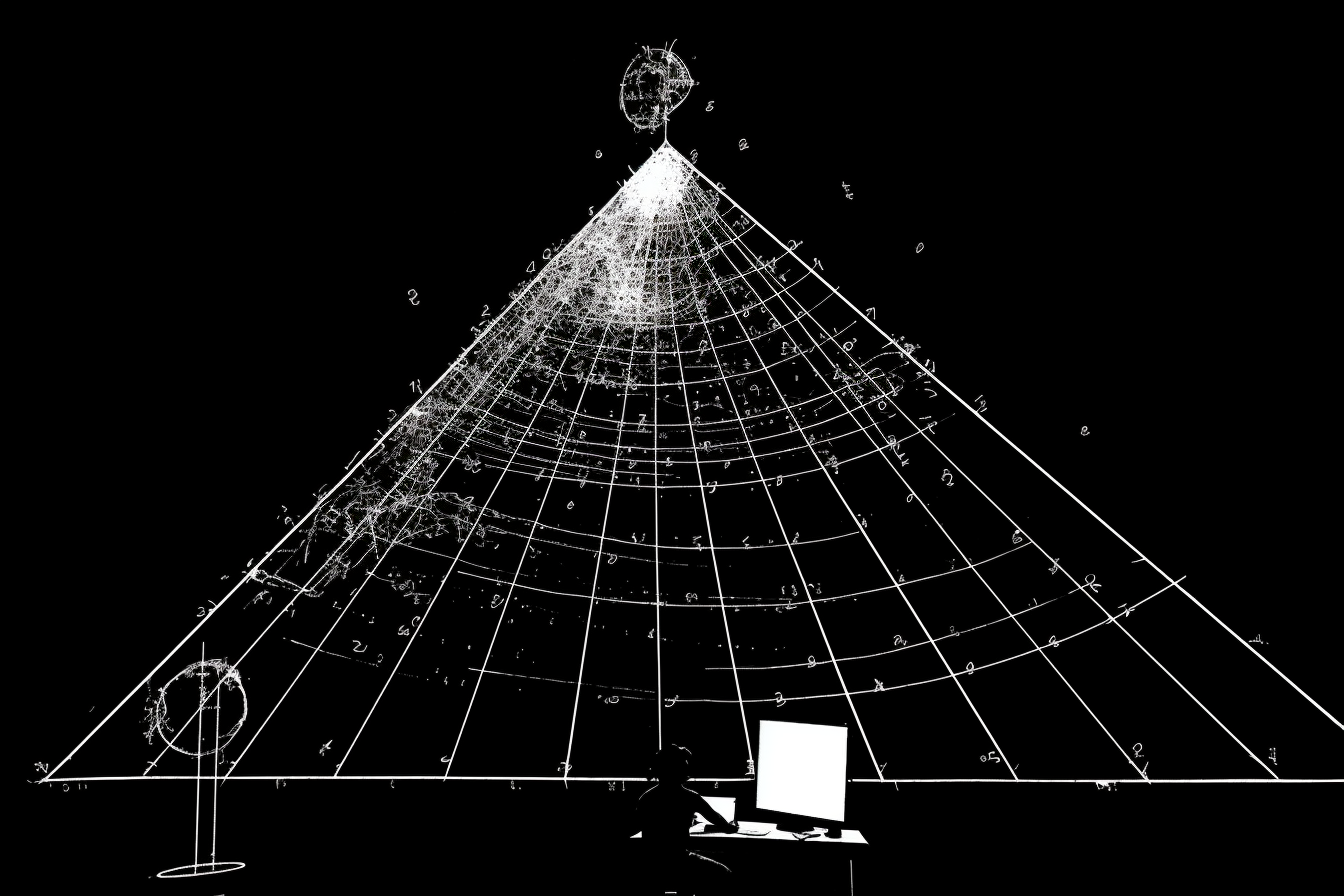
I was inspired to write this post after reading a paper written in 2010 by Barry Setterfield called Zero Point Energy and the Redshift. If you want a very deep dive into this concept, I recommend you check it out. Here is the link.
I recently read an intriguing paper that puts forth an alternative explanation for the redshift we observe from distant galaxies. This paper, published in 2010 by Barry Setterfield, proposes that redshift may be caused by changes over time in the zero point energy (ZPE) field permeating space, rather than cosmic expansion. In this post, I'll summarize the key points of this theory and how it challenges the conventional framework.
An important distinction arises between Stochastic Electrodynamics (SED) and the more mainstream Quantum Electrodynamics (QED) framework. SED models the zero point field as a real, random electromagnetic field that interacts with matter, possessing observable physical effects. In contrast, QED considers virtual particles and zero point energy as mathematical constructs that do not directly impact physical systems. The zero point energy discussed in this proposed mechanism builds upon the SED perspective of modeling the quantum vacuum as a dynamic background field that can exchange energy with matter. SED provides a means to quantitatively analyze the redshift effects hypothetically caused by changes in the zero point field over cosmic time.
The standard model of cosmology attributes redshift to the Doppler effect - light from distant galaxies is stretched to longer wavelengths due to those galaxies receding away from us as space expands. Setterfield's paper argues that the data actually better supports a model where the speed of light was higher in the early universe and has decayed over time. This would cause older light from farther galaxies to be progressively more redshifted as it travels through space and time.
Setterfield cites historical measurements of the speed of light by scientists like R.T. Birge that showed systematic decreases over time, contrary to our modern assumption of constancy. He argues that while experimental improvements have reduced uncertainties, residual trends remain even in recent high-precision measurements.
A key part of Setterfield's proposed mechanism is that the ZPE interacts with subatomic particles to give them mass and stabilize atomic orbits. As the ZPE has increased in strength over cosmic history, it has caused a contraction in electron orbits within atoms. This results in electron transitions emitting bluer light over time. Thus, looking out into space is looking back to earlier epochs with weaker ZPE and redder light.
This theory raises some thought-provoking questions. For instance, have we misinterpreted redshift as definitive evidence for an expanding universe? Might a static universe with slowing clocks account for observations we attribute to dark matter and dark energy? However, changing existing scientific paradigms is extremely challenging. Let's examine some potential counterarguments:
- The constancy of the speed of light is a fundamental pillar of modern physics backed by extensive experimental verification. This theory would require overturning tremendous empirical support. Setterfield argues that Lorentz and others kept an open mind to variations in c early on. While unexpected, new evidence could prompt another evolution in perspective.
- The current Lambda-CDM cosmological model based on general relativity matches a wide array of observations and predicts phenomena like the cosmic microwave background. But it also has issues like the need for speculative dark matter and dark energy. An alternate cosmology with varying c may provide a simpler unifying explanation.
- Astrophysical observations like supernova brightness curves seem to confirm expanding space. But these interpretations assume constancy of c and other principles that this hypothesis challenges. The cosmic microwave background, for instance, could potentially be re-interpreted as a cosmological redshift of earlier light.
Adam Malin
You can find me on Twitter or on Nostr at
npub15jnttpymeytm80hatjqcvhhqhzrhx6gxp8pq0wn93rhnu8s9h9dsha32lxYou can view and write comments on this or any other post by using the Satcom browser extention.
value4value Did you find any value from this article? Click here to send me a tip!